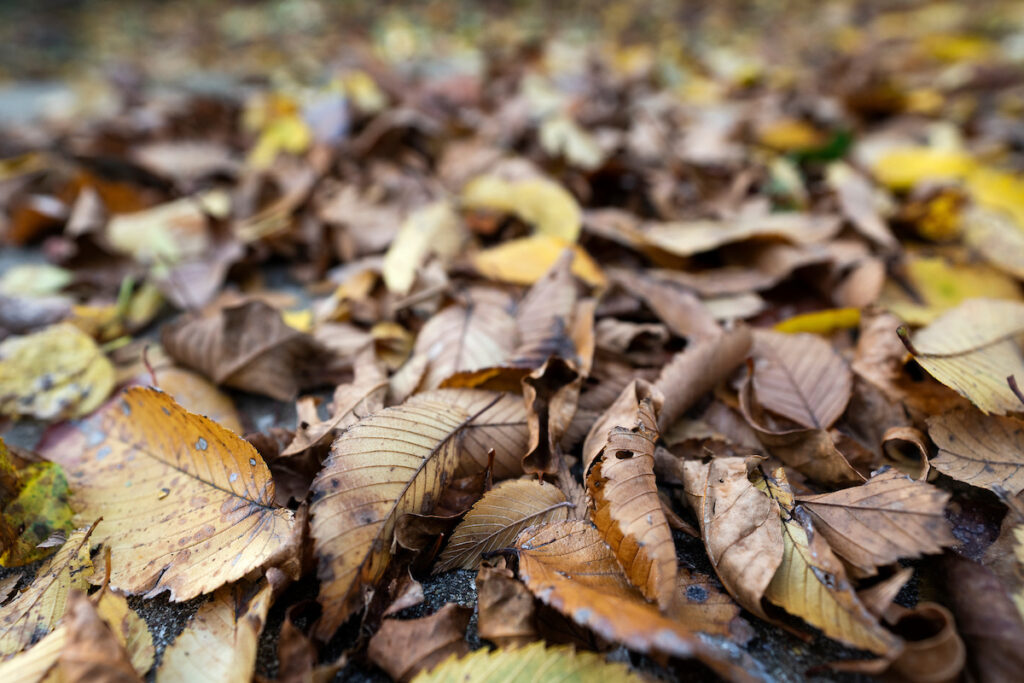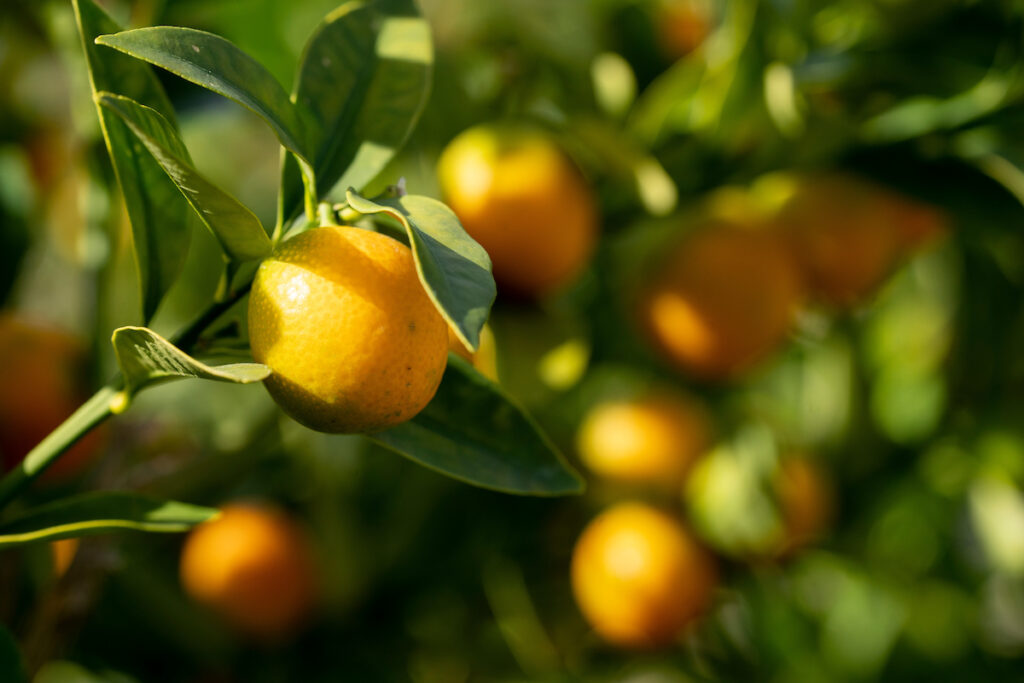Time to create a cold protection plan for your garden
AgriLife Extension gardening guide tips and to-dos for November
As the temperatures begin to head downward, Texas gardeners need to start planning and preparing their gardens for seasonal changes.
“Wetter and cooler weather is predicted as we move into the November gardening season,” said Larry Stein, Ph.D., Texas A&M AgriLife Extension Service horticulture specialist, Uvalde, and professor in the Texas A&M College of Agriculture and Life Sciences Department of Horticultural Sciences. “Now is the time gardeners need to be thinking about their cold protection plan.”

A protection plan helps gardeners prepare their plants and yards to survive colder weather, whatever month that may arrive in your part of Texas.
Easing into a cold season is usually easier for plants when the temperatures steadily drop, but with the erratic weather Texas can have, it can be more of a rollercoaster of temperatures. It pays to be aware of how hardy plants are and if they are suitable for your region before you plant them.
Even well-established plants that have done fine in the past may be under additional stress due to dryer and hotter conditions earlier in the year or if they’ve been subjected to the stress of insects or disease.
Enacting your protection plan
A plan for protecting plants from the cold should include mulch, mound trunks and plant covers as appropriate. The ground offers natural insulation, and mulch serves as an extra layer of insulation.
Fallen leaves from trees can be mulched up — your lawnmower can do the work — and then used to protect those same trees or other plants in your yard. Leaves can also go into your compost pile. Keep in mind that some insects overwinter in leaf litter.
Plants in pots outside can be clustered and covered together as needed. Some container plants may also need to come inside.

When the water in the cells of plants freezes, ice crystals form and damage cells. Frost also impacts plants, but it is usually the top or outermost part of the plant that will take the biggest hit — unlike a freeze, which can kill the entire plant.
“Now is also the time people should begin to monitor their lawn for late-season fungus issues, which could be exacerbated by receiving too much water or rain,” Stein said.
Beyond plants, protect equipment
A protection plan for your garden tools and lawn equipment is also important.
Drain gasoline from power tools and run the engine until fuel in the carburetor is used up unless you have made the switch to ethanol-free gas. Even with ethanol-free gas, running the gas out of the carburetor is a good idea.
Drain and store garden hoses and watering equipment in a readily accessible location. The lawn and plants may need water during a prolonged dry spell, so they shouldn’t be inaccessible.
Continue being water-wise
Even just half-inch-plus rains can benefit landscape plants, especially in the areas of the yard and garden you have been able to continue to water. Despite recent rains, some of Texas remains under water restrictions, and streams continue to dwindle.
“Unfortunately, such spotty and scattered rains do not end the water challenges, and we will need to continue to provide as much help as we can to those plants most valuable in our landscape,” Stein said.

He said as we head into the cooler months, it is preferable if leaf drop is normal, as opposed to being caused by drought. Plants that lose their leaves to drought are losing access to nutrients they need too early. Once plants go fully dormant, they can go about six weeks before they need water.
November gardening tips
Enjoy eating cold crops
As the temperatures cool, your cold crops will develop prime eating quality.
Don’t let an orange persimmon fool you
The full color of persimmons adds color to landscapes, but just because astringent persimmons turn orange does not mean they are ripe; a light frost seems to expedite this process.
An orange doesn’t need to be fully orange to enjoy
Citrus is another pop of color for gardens and yards as the weather turns. Most citrus does not need to be totally orange for prime eating quality.
Get your greens
Now is the time for bi-weekly planting of salad greens, such as leaf lettuce, kale, chard, spinach and the like.
Plant containers, wait on bare roots
Container trees and shrubs can be planted; wait until January to plant bare root stock.
Select and plant the appropriate annuals
If you have not already done so, now is the ideal time to select and plant annuals such as pansies, violas, ornamental cabbages and kale.
Think ahead for spring color
Plan now for your spring flowering season with a mixture of annuals and perennials.
Pause on pruning
Don’t get in a hurry to prune woody plants. Late December through February is usually the best time to prune them.
Order seeds to keep your options open
Place orders for seeds this month so you will have them available when you are ready to plant. By ordering early, you will be more certain of getting the varieties you want. In addition to ordering seeds you are already familiar with, try a few new kinds each year to broaden your garden contents.
Bring the late-bloomers indoors
Bring in late-blooming plants such as decorative kalanchoes or Christmas cacti so they may finish flowering in the warmth of the house.
Reduce fertilizer as needed
Reduce the fertilization of indoor plants from late October to mid-March. An exception would be plants in an atrium or a well-lit window.



